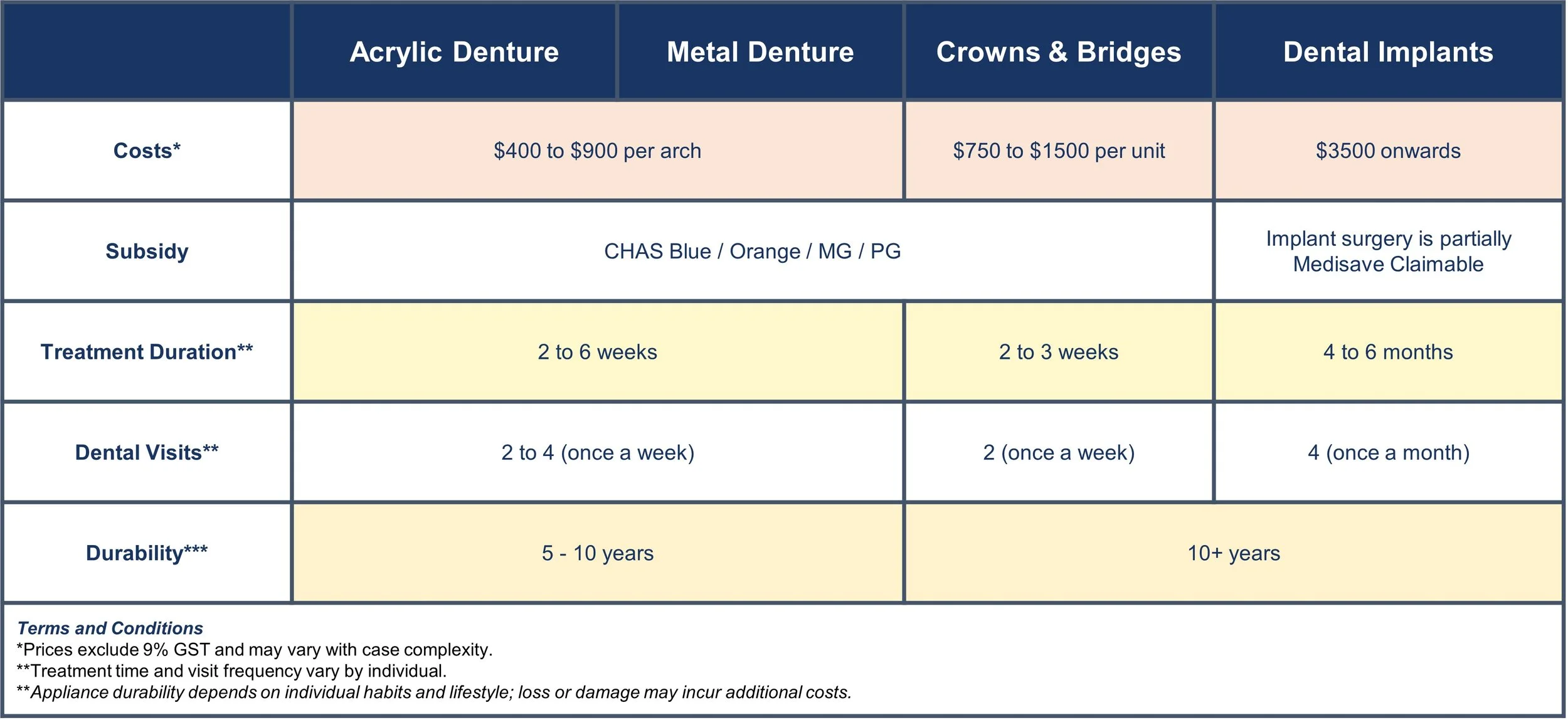Replacing Missing Teeth
Dental Bridge
When a tooth is missing, a dental bridge can restore your smile and help you chew and speak properly. Bridges are a reliable solution that “bridges” the gap using artificial teeth anchored to your natural teeth or implants.
What Happens During the Bridge Process?
Step 1: Preparing the Teeth
Your dentist will shape the teeth next to the gap to act as anchors for the bridge. Local anesthesia ensures this step is comfortable and pain-free.
Step 2: Making an Impression
An impression of your teeth is taken to create a custom bridge that fits perfectly and matches the colour of your natural teeth.
Step 3: Temporary
While your permanent bridge is being made in our lab, a temporary protective crown is placed on your teeth.
Step 4: Placing the Permanent Bridge
At your next visit, the temporary crowns are removed, and your custom bridge is cemented into place. Your dentist will check the fit, bite, and appearance to ensure it feels natural.
With proper care, dental bridges look, feel, and function like natural teeth, helping you eat, speak, and smile with confidence.
Dental Implants
When a tooth cannot be saved, dental implants offer a reliable and long-lasting solution. Dental implants are metal posts surgically placed into the jawbone to provide stable support for artificial teeth. Even if some bone is missing, bone grafting can often make implants possible. Regular follow-up visits are important to ensure lasting results. You may be suitable for dental implants if you:
Are in good overall health
Have healthy gums
Have enough jawbone to support the implant
Cost: $3,500 onwards (partially medisave claimable)
What to Expect
Step 1: Placing the Implant
Your dentist will numb the area with local anesthesia and carefully insert the implant into your jawbone. The gums are then stitched over the implant, and a healing period of 2–3 months allows the implant to fuse with the bone — a process called osseointegration.
Step 2: Shaping the Gums
Once fused, a small healing cap is attached to the implant to shape the gums and prepare for the final crown.
Step 3: Making Your Custom Crown (Tooth)
At your next visit, the healing cap is removed and an impression is taken to create a custom crown that matches your natural teeth.
Step 4: Placing the Final Crown
The permanent crown is secured to the implant. X-rays are taken to confirm a precise fit.
With proper care, dental implants look, feel, and function just like natural teeth, restoring both your smile and confidence. Dental implants are also partially claimable under your medisave.




